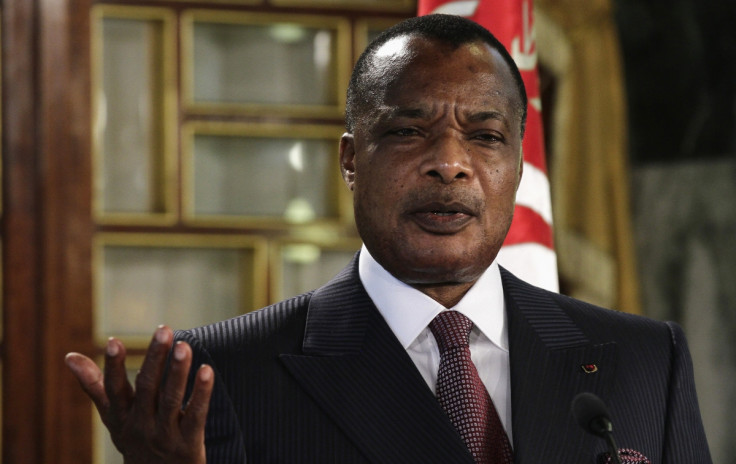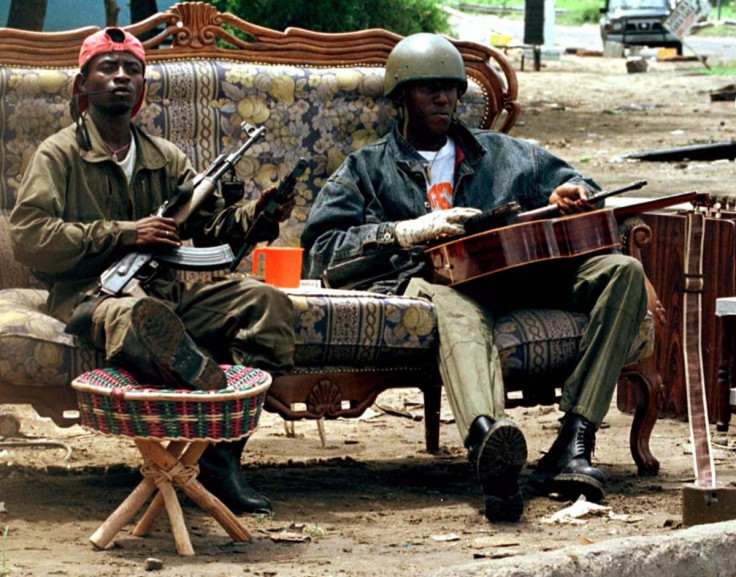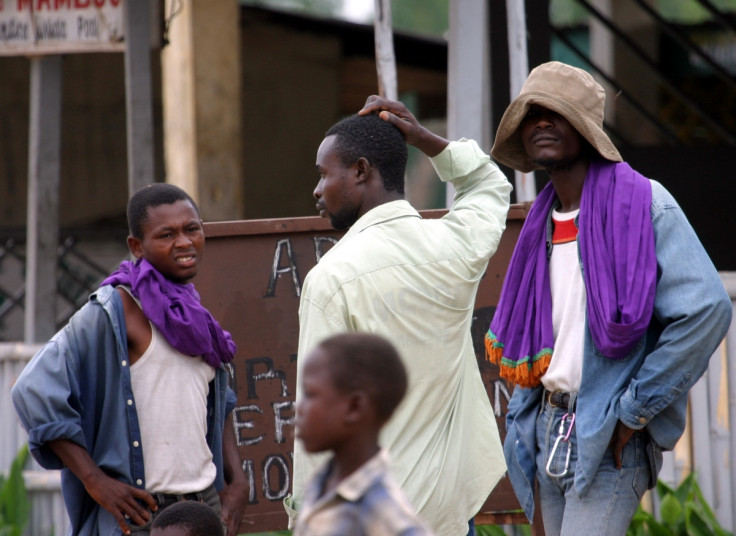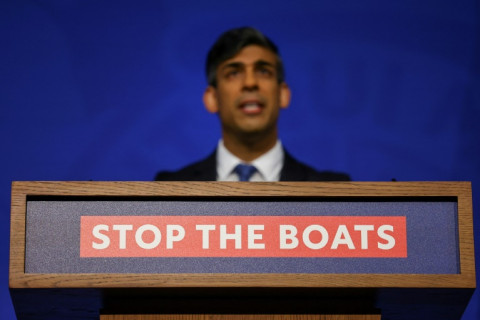Congo-Brazzaville: Who are the 'Ninja' militiamen fighting government forces?

Heavy gunfire broke out between Congolese police and unidentified gunmen on Monday (4 April) morning in the Republic of the Congo's capital Brazzaville, in the first significant outbreak of violence this year.
Men described as belonging to the so-called 'Ninja' militia group were reported to have carried out an attack on a military post in the city, but some commentators showed disbelief claiming the allegations could be used against the opposition and result in a spike in politically-motivated arrests.
While it is still uncertain whether this flare-up is synonymous of a rebel action against President Denis Sassou Nguesso's recently re-elected government, the Ninja have been involved in a number of insurgencies in the central African nation, and were the main anti-government forces during the 1997-1999 civil war.

1990s: Early Ninja years
Believed to have been established to serve as the private armies of Congo's three main political leaders in the early 1990s, Ninja armed elements who fought against Sassou Nguesso's 'Cobra' militia and the first democratically-elected president of the Republic of the Congo Pascal Lissouba's 'Cocoye' militia.
The fighters were originally loyal to the former opposition leader, Bernard Kolelas - a former mayor of Brazzaville - and said to be linked to the Bakongo group, the largest ethnic group in the Republic of Congo. Such alliances have resulted in deep chasms between regional groups based on ethnic or regional lines. A number of reports established that the Ninja belonged to a kind of messianic religious group who believed that the apocalypse was near.

1997-1999: Second Republic of the Congo Civil War
After the nation's instability in the mid-1990s, Kolelas was named prime minister at the head of a government of national unity in September 1997 - but Kolelas had to flee the country in October the same year after forces loyal to Sassou-Nguesso captured Brazzaville.
The rebels continued to fight after Kolelas went into exile, and in December 1998 they unsuccessfully tried to capture Brazzaville. After the government rejected Kolelas' claims the Ninja had taken control of the city, the political leader was seen to backtrack when he described the insurgency as an uprising of the youth.
In 1998, the insurgents were reported to have penetrated the capital's southern districts - Makelekele and Bacongo - considered to be Kolelas strongholds, but after 48 hours of shelling and gunfight between rebels and government forces, the Ninja were forced out of the neighbourhoods.

2000s: The Pool Department conflict
It was during Kolelas' exile that Frédéric Bintsangou, known as "Pastor Ntoumi", commanded the Ninja but after Sassou Nguesso's civil war victory, the conflict moved to the Pool area of southern Congo, Kolelas' birth region.
Reports diverge regarding the size of the Ninja contingent, with one leader quoted in 2000 as saying there were approximately 16,000 Ninja rebels in the Pool area, but humanitarian news agency IRIN reported analysts estimated the forces at only a few hundreds and up to 3,000 "loosely attached".
Between 2002 and 2003 a number of violent episodes broke out in Pool. In 2005, Bintsangou promised to disarm his fighters but said weapons would not be handed in or destroyed until a political deal was struck with the government.
Post 2008: Disarmament
However, following peace accords and disarmament agreements completed in June 2008, the number of Ninja rebels greatly decreased and they were finally demobilised in the National Programme of Demobilisation, Disarmament and Reintegration (NPDDR).
Human rights groups have alleged fighters from the Ninja - along with the Cocoye - had violated human rights, ranging from torture to deliberate and arbitrary killings of hundreds and possibly thousands of unarmed civilians suspected to be government supporters in the insurgents' southern Brazzaville strongholds. Amnesty International reported that the Ninja had raped women and deliberately wounded civilians.
© Copyright IBTimes 2024. All rights reserved.






